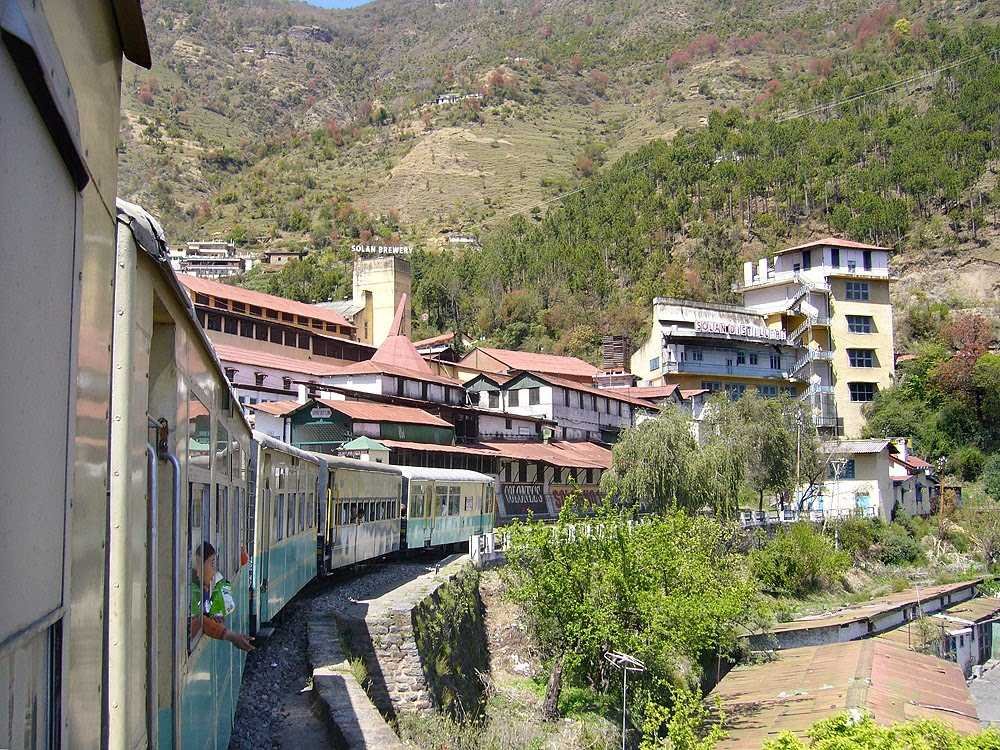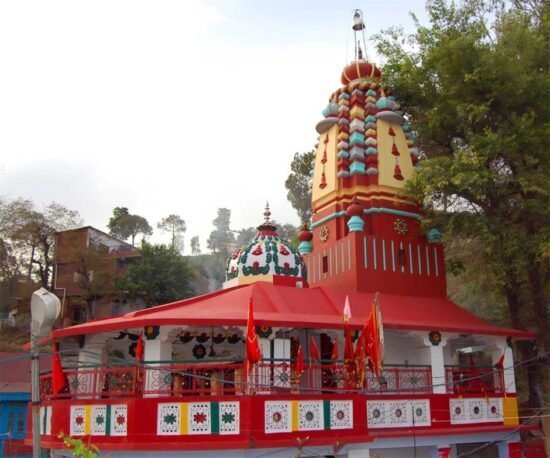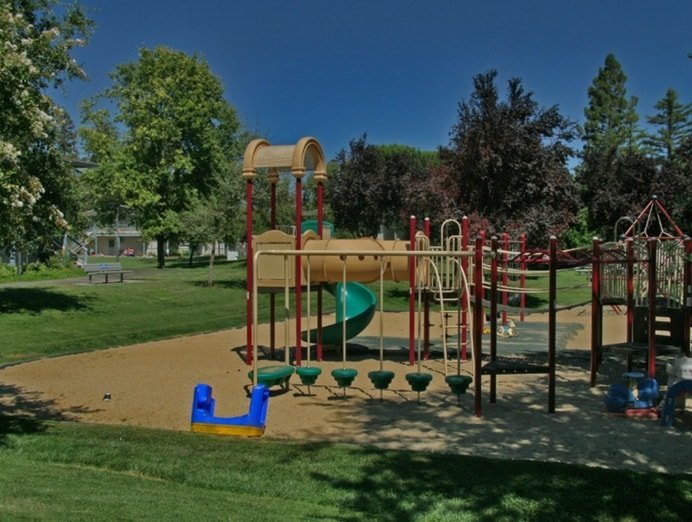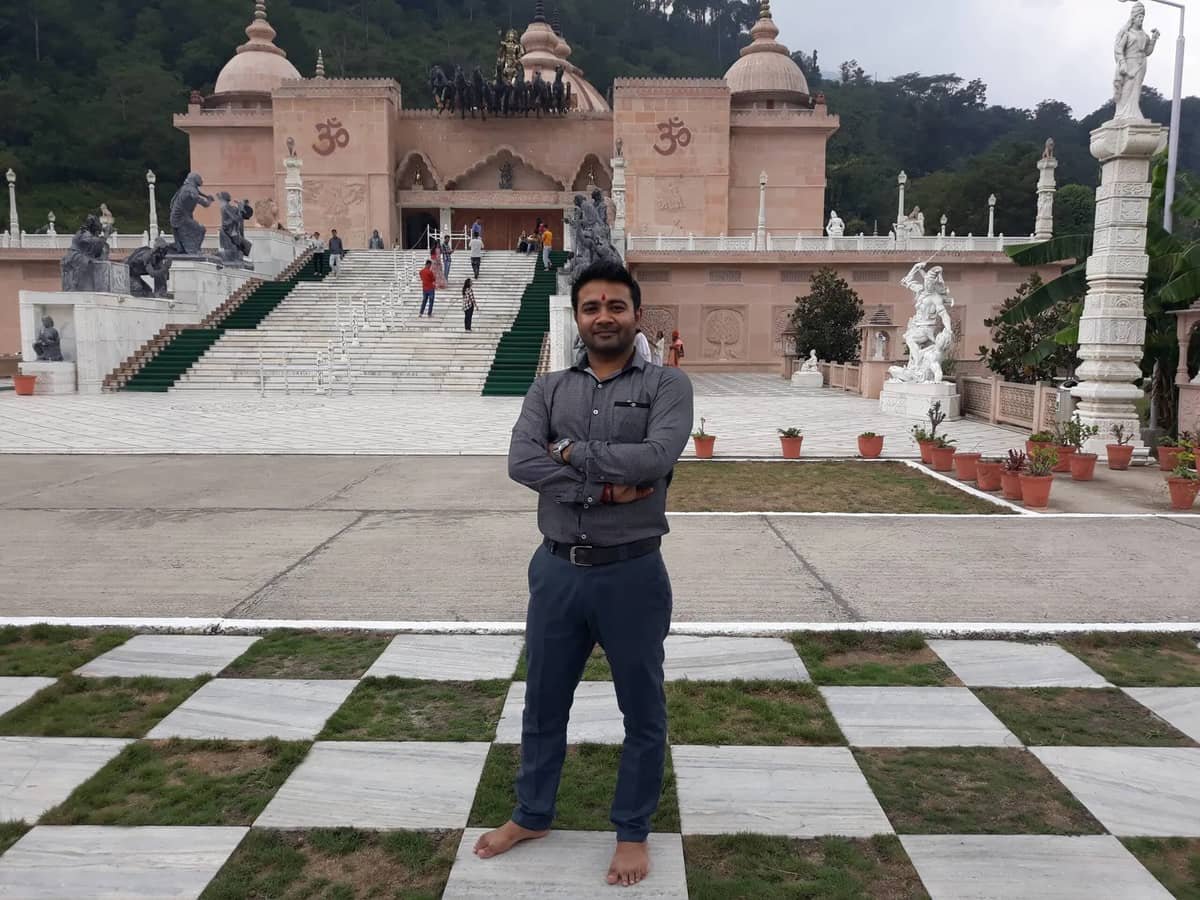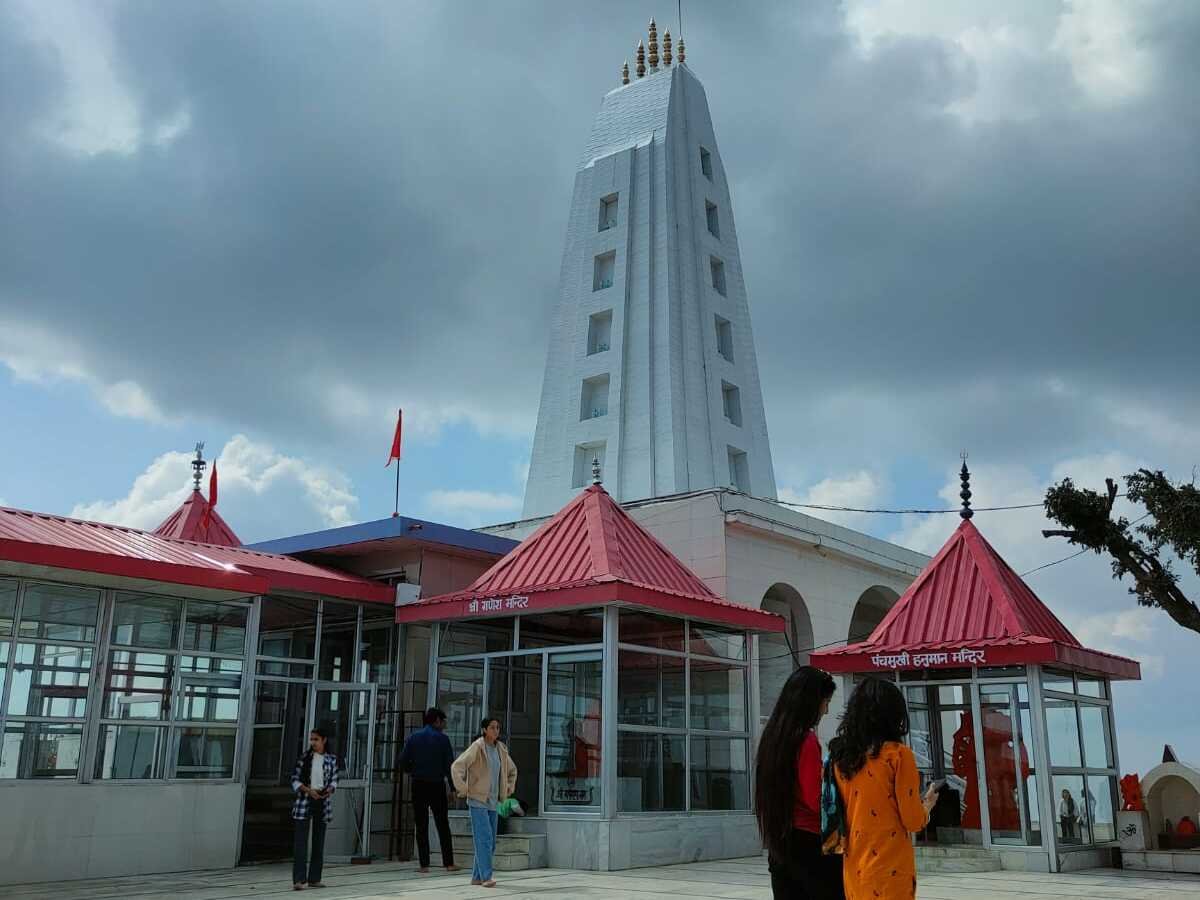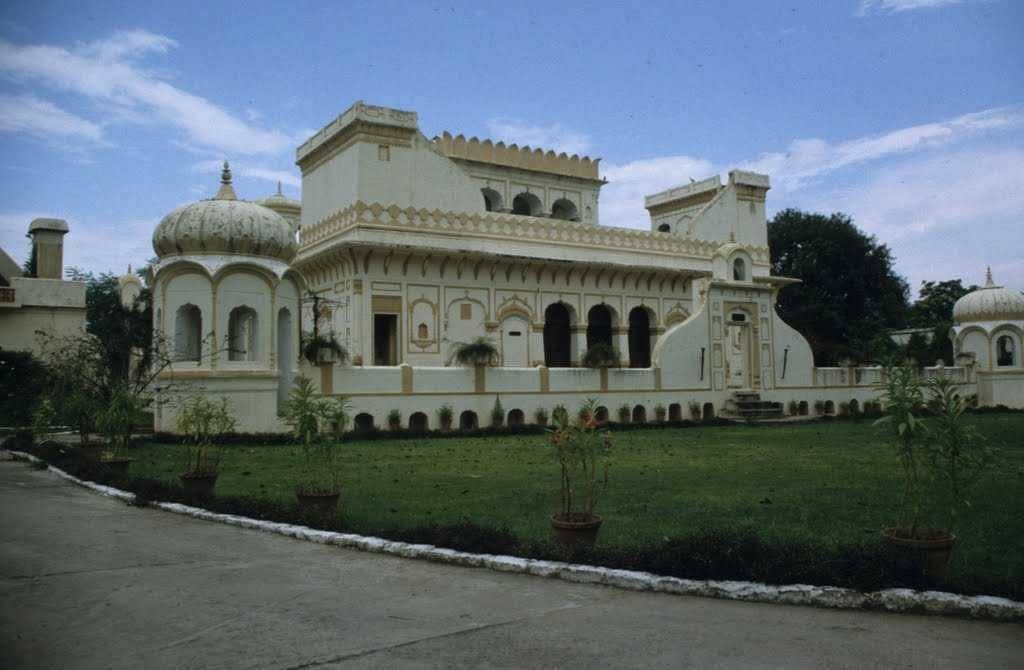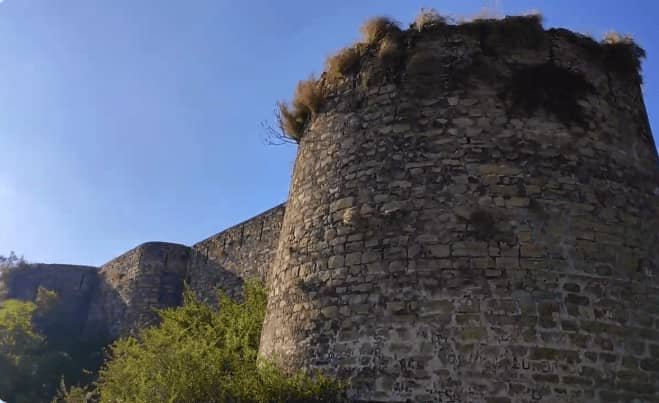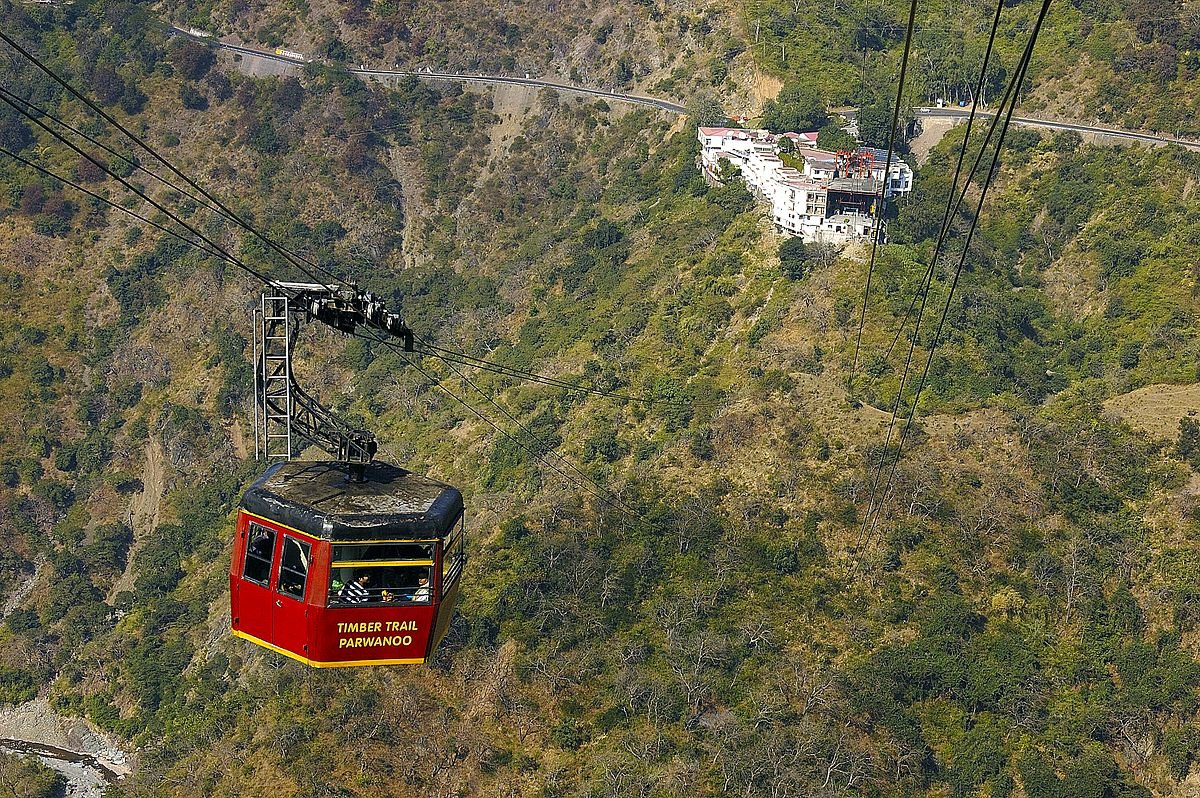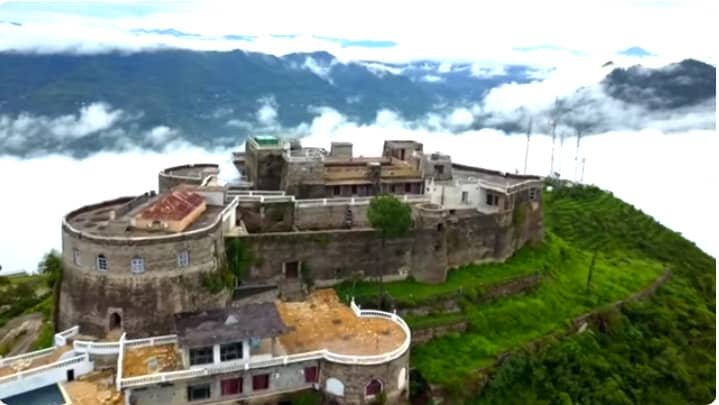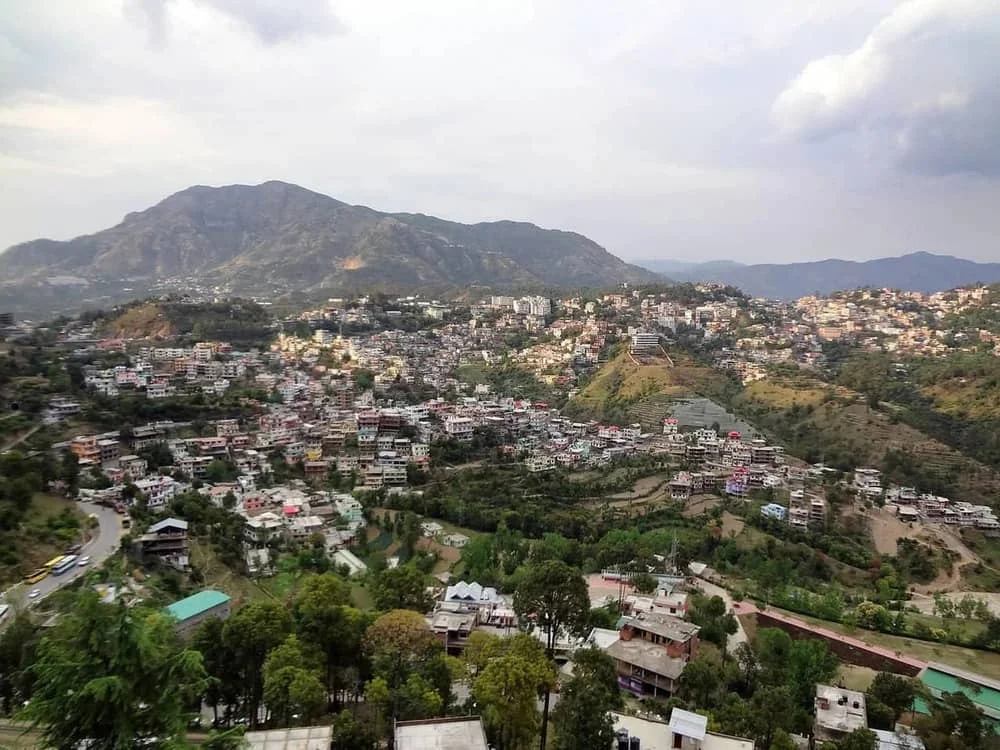Solan is the district of Himachal Pradesh. Solan has an altitude of 1,550 meters above sea level. The town is situated on National Highway-5 connecting Shimla and Chandigarh. It is a 1-hour journey from Solan to Shimla. Sirmaur, Shimla, Haryana, and Punjab are on the border of Solan district. Solan is a beautiful city situated in the hills. Solan was earlier the capital of the princely state of Baghat. The city of Solan is named after Shoolini Devi. If you want to read the history of Solan Himachal Pradesh then you can read on this website.
Solan District in Himachal Pradesh
Solan is known for its ancient temple and monastery. Popular temples include the Shoolini Mata Temple and the Jatoli Shiva Temple. And Yundung Monastery is considered the most famous of all the monasteries. Solan is known for the production of Mushrooms. Solan is also known as the “Mushroom City of India”. And because of the large-scale production of tomatoes, Solan is also known as the “City of Red Gold”. The city of Solan is also known for its oldest breweries. Which is a 300-year-old fort. The highest peak of Solan is Karol ka Teeba, which has a cave of Pandavas, where the Pandavas meditated during their 12 years of exile. Solan does not receive much rainfall and receives occasional snowfall during the winter.
Interesting Facts About Solan
The temperature of Solan rarely drops below 35 °C in summer and -4 °C in winter. Solan is neither too hot nor too cold. It is considered an ideal station from a residential point of view. Solan is a Municipal Corporation and District Administration It is the third largest Municipal Corporation of Himachal Pradesh. Solan District has all government offices including DC Office, SP Office, SDM Office, NIC, Zila Parishad, District Treasury Office, ASP, DSP, DF, DYSSO, District Statistics Office, DRO, Copying Agency, DRDA, etc. As of the 2011 India census, Solan had a population of 39,256 and a literacy rate of 85.02%.
Economic Activity
The major economic activity of Solan is mushroom, tomato, kiwi, apple, and seasonal vegetables. Solan is considered to be the hub of horticulture products. Mushrooms are the biggest contributor to the economy of the residents. And Solan’s education system is also considered very good, where children from all over the country come to study. This city is the center of educational institutions. St. Luke’s School is a very famous school in Solan and Dr. Yashwant Singh Parmar University of Horticulture and Forestry, Government Polytechnic College for Women, MM University and Medical College, and Shoolini University of Biotechnology and Management Sciences are top educational centers in Solan.
Solan is also known for the pharmaceutical industry. And hosiery, food, wood, paper, leather, glass, chemical, mechanical, pharmaceuticals, food processing, electrical, and electronics also play a significant role in industrial units.
Detailed Information About Solan
Area: 33.43 km²
Population: 39,256 (2011)
Tehsils: Arki, Baddi, Darlaghat, Kandaghat, Kasauli, Kishangarh, Nalagarh, Ramshahr, Solan
Languages: Hindi, Punjabi, English
Places to Visit in Solan: Shoolni Mata Temple, Jatoli Temple, Kali Tibba Temple Chail, Mohan National Heritage Park, Palace Chail, Arki Fort, Nalagarh Fort, Monkey Point Kasauli, Karol Ka Tibba, Shirdi Sai Baba Temple Rajgarh Road Solan, and The Menri Monastery.
Culture of Solan
Salwar suits and other simple clothes are worn by women in Solan and jewelry includes 9 laadi haar, chaak and gajru. Kunihar can be considered a cultural village in the Solan district. The traditional dance is Pahari Gidda or Paruhan, and people wear cultural dress rejata and dhatu while dancing. And a historical dance called Thoda is also performed during the Shoolini fair, in this dance bow and arrows are used. And in food, the Askali is a traditional stoneware vessel used to make Askalu dishes. Pachhole is a traditional dish of Solan.
How to Reach
By Air: The nearest airport is Jubbarhatti Shimla Airport, and the other airport is Chandigarh Airport.
By Train: The nearest railway station is Solan Railway Station.
And By Roadways: Tourist and government buses are available from every city of Himachal Pradesh to Solan.
Heritage:
The list of Heritage in Solan is as follows:-
- Shoolini Devi Temple, and Jatoli Temple
- Churches in Christ Church, Kasauli, and Solan Cantonment.
- Solan Railway Station is one of the highest railway stations in the world. and Barog Railway Station.
- Hari Mandir and Kishan Niwas and Hill View on a circular road.
- DC Niwas, old guest house, and SE, PWD office on Shilli Road which used to be a Durbar Hall of Baghat State.
- Khalifa Lodge and St Luke Sen Secondary School
- Mohan Shakti National Heritage Park, Dolanji Bon Monastery,
and Pandava Cave at Mount Karol, Chambaghat, Solan

